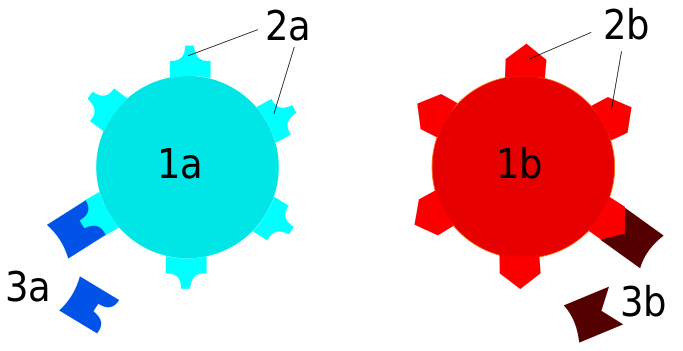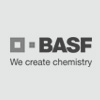About Polyclonal Antibodies
When a foreign particle or antigen enters the body, it is recognized by many antibody forming cells or B lymphocytes. Each of these B lymphocytes recognize a different epitope on the antigen and may exhibit different binding affinities. Unlike monoclonal antibodies, polyclonal antibodies are collections of antibodies that are obtained from multiple B cell clones. They are a combination of immunoglobulin molecules secreted against a specific antigen, each identifying a different epitope on the antigen.

These antibodies are typically produced by immunization of a suitable mammal, such as a mouse, rabbit or goat. Larger mammals are often preferred as the amount of serum that can be collected is greater. An antigen when injected into the mammal induces the B-lymphocytes to produce IgG immunoglobulins specific for the antigen. This polyclonal IgG is polyclonal purified from the mammal’s serum.
By contrast, monoclonal antibodies are derived from a single cell line.
Many methodologies exist for polyclonal antibody production in laboratory animals. Institutional guidelines governing animal use and procedures relating to these methodologies are generally oriented around humane considerations and appropriate conduct for adjuvant (agents which modify the effect of other agents while having few if any direct effects when given by themselves) use. This includes adjuvant selection, routes and sites of administration, injection volumes per site and number of sites per animal. Adjuvants are used to improve or enhance an immune response to antigens. Most adjuvants provide for an injection site, antigen depot which allows for a slow release of antigen into draining lymph nodes.
The primary goal of antibody production in laboratory animals is to obtain high titer, high affinity antisera for use in experimentation or diagnostic tests.
















